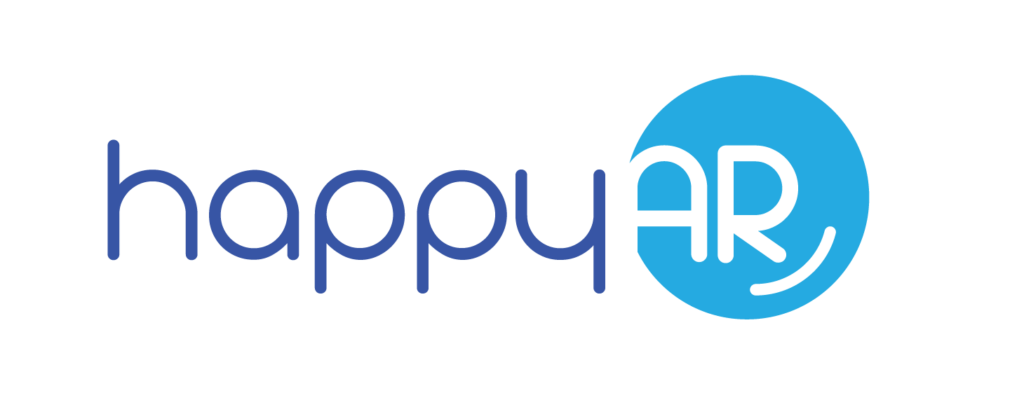One of the first things that a business must determine when engaging with a new customer is the payment terms they will offer. There are all sorts of options available. Some of these include:
- Payment prior to delivery of goods or services
- Remittance upon final delivery of goods or services
- Invoicing by milestone as a project is completed
- Offering extended payment terms, such as net 30, net 60, or net 90
How you determine your company’s payment structure is dependent upon your goals, the customer’s history of on-time payments, and the goods or services that you are offering. Offering extended payment terms such as net 30 is one of the most common invoicing structures, especially in business-to-business sales.

How Do Net 30 Terms Work?
Under a net 30 payment terms structure, your customer is given additional time after the receipt of your goods or services to pay you. It gives the customer the benefit of short-term financing without any interest rates applicable to a later payment.
In most cases, net 30 terms simply indicate that payment is due within 30 days of the date of the invoice. However, some companies use net 30 in other ways, such as:
- Net 30 based on business days, not calendar days
- End of the month net 30
Under a net 30 end of the month structure, the client is expected to pay the full amount of an invoice by the end of the following month after receiving it. Thus, if the invoice were received in October, they would need to pay the balance by the end of November.
Unless otherwise indicated, listing net 30 on your invoice to your customer means that payment is due 30 calendar days after the date of the invoice. If it isn’t paid on time, your business could charge a late fee.
When Does Net 30 Start?
Usually, net 30 starts from the invoice date. However, in some cases, it can mean 30 days after work is completed, services or goods are delivered, or some other milestone. When you first engage with the customer, ensure that you clearly establish the terms for payment.
You can do this through a contract or a quote. Make sure the client fully understands the due date or net terms that you are offering. If the order is costly, it’s important to get their express acceptance through a signature or some other type of written correspondence.
Can I Offer Discounts to My Customer Using Net 30 Terms?
In some cases, small businesses want to offer their new clients trade credit, but they also want to encourage early payment. To do this, they can combine a percent discount with net 30 terms. If a discount is provided, it will be denoted using the below terminology:
Percentage Discount / Number of Days in the Discount Period, net 30
For example, if your company wants to offer a 5% discount for making a payment within ten days, the terms that appear on the invoice would be indicated as 5/10, net 30.
Thus, if the client decides to pay within ten days, they can reduce the total amount of the invoice by 5%. However, if they need the additional time to pay the bill, they will have up to 30 days before their full payment becomes late.
You can also set different payment terms outside of net 30, such as net 60 or even net 90. It all depends on how comfortable you are with offering longer payment terms to your customers. If your company doesn’t have any cash flow problems, it may make sense to do so.
What Are the Advantages of Offering Longer Invoice Payment Terms?
There are a number of benefits to offering extended payment terms, such as net 30. These benefits can be especially clear for companies that follow a business-to-business model where common payment terms are extended.

1. Ability to Attract More Customers
If other businesses in your industry offer a form of trade credit through extended payment terms, it may make sense for you to do the same. For example, if your competitors all offer net 30 terms but you demand payment upfront, your company could lose business whenever payment terms are a concern to your customers.
You may be able to attract more customers by offering longer payment terms than your competitors. If the majority of other companies similar to yours offer net 30 terms, but you offer net 45, your services may be more attractive to those who need business credit.
2. Helpful for Larger Businesses
If your client composition is made up of larger businesses, they likely have a payment processing procedure that they follow. They may receive an invoice, put it through their accounting system, and seek approval for its payment from account managers before finally submitting the payment due.
These steps take time, and offering a net 30 payment term allows them to follow their normal processes while also ensuring your payment.
Individual customers and smaller businesses are likely to be more flexible when it comes to their payable processes. A smaller business may seek to take advantage of payment discounts and pay early, while an individual customer may be able to pay as soon as goods or services are delivered.
3. Improves Customer Loyalty
Offering your customers longer payment terms can potentially increase their loyalty to you. This outcome is particularly helpful if your business is dependent upon repeat customers. Some companies may have more one-time patrons, while others rely on continuing allegiance from a pool of regular clients.
If your customers are regulars and they appreciate extended payment options, offering net 30 terms can encourage their preference for your company over other competitors.
What Are the Disadvantages of Offering Extended Payment Terms?
The disadvantages of offering longer payment options will vary depending on your company’s business needs. Common drawbacks of offering longer payment terms include:
1. Potential for Cash Flow Issues
Small business owners may be more reliant on upfront payment for their goods or services than those with more cash in the bank. This consideration is especially true for companies that are just getting started or with high overhead.
Companies that can afford to pay for their regular expenses and wait on payment for their customers are in a better position to offer extended payment terms.
If you aren’t sure whether offering longer terms is a good fit for your business, you could start with shorter terms, such as net 7 or net 15. This approach can give you better insight into how longer terms may affect your business.
When determining the payment terms that you will offer a customer, it’s smart to have a full understanding of your accounts receivable, accounts payable, and current cash balance. You can prepare a cash flow forecast to determine whether offering extended terms is a viable solution for your company.
2. May Lead to Late Accounts
If you provide goods or services to a customer and then allow them to pay you at a later date, there is always the potential that the client will pay late or not at all. After all, there is less incentive to make the payment on time if they’ve already received what they were purchasing.
Most customers abide by their payment terms and will pay on time. However, if you start to see a trend of late payments from a client, it’s best to reassess the terms that you are offering them.
In some cases, you may want to ask for payment upfront or by milestone, especially if the services or goods that you are providing to the client make up a significant part of your company’s revenue.
If late payments are not intentional, but due to the payable procedure that your client has in place, you may ask them how to speed up the process. They may be agreeable to paying by milestone or offering partial payment upfront.
3. Can Result in More Work
Not collecting payment upfront can lead to additional work for small business owners. For starters, you’ll need to manage your accounts receivable. If you typically take care of your own accounting or have a very small staff, this may result in needing to hire someone for help.
Managing accounts receivable will include invoicing your clients and ensuring that they pay on time. When clients fall behind, you’ll need to follow up with them to collect payment. If you have a significant number of clients, this process can quickly overwhelm a small business with limited staff.

When Should My Company Offer Extended Payment Options?
The decision to offer extended payment terms should rest with the small business owner. You’ll need to take a look at your business structure and current cash flow and determine whether it makes sense, and you should also find out whether your competitors offer extended terms.
Common situations where offering extended payment terms make sense include:
It’s Common in Your Industry
Offering a longer period of time to pay invoices is common in certain industries, such as manufacturing, industrial production, and business-to-business sales. When your company operates in one of these sectors, you may be expected to offer extended payment terms. If you choose not to, you may lose business to competitors.
Your Products or Services Are Expensive
If the goods or services that you offer are expensive, customers may expect a longer period of time to pay. This expectation is common for certain services, such as home remodeling or extensive landscaping. Companies that sell high-priced home items such as mattresses or furniture may also offer extended payment terms to their clients.
When Should I Not Extend My Payment Terms?
Freelancers and other small business owners may not be able to offer extended payment terms, especially if their business is new and they don’t have much cash available. Some businesses operate in industries where extending credit is not common. Situations where net 30 payment terms don’t make sense include:
Retail Store Servicing Consumers
Companies that operate in the retail sector and sell their products to consumers normally won’t do so on a net 30 basis. For example, a convenience store probably won’t allow customers to pay for food and drinks on extended credit — instead, they’ll want their payment upfront.
This requirement is also true for companies that sell services to consumers. For example, a hairstylist or masseuse will want payment on delivery for their service. It isn’t customary to give clients in these industries an extended period of time to pay.
You Can’t Afford to Extend
When your business is just starting out and doesn’t have much cash, you’ll want to collect payment from your clients as quickly as possible. You may not be able to wait for them to pay on extended credit terms. However, as your business continues to scale, you may be able to consider extended credit terms as a way to gain new clients.
If you operate in an industry where your competitors all offer extended credit, you could consider entering into a factoring agreement. In this situation, a bank will agree to finance all of your invoices for a percentage of their value.
Your company will receive immediate payment for the invoices from the bank, and the bank will follow up on collection with your customers. This approach could allow you to remain competitive while still ensuring a stable cash flow.
HappyAR is a seamless SaaS that quickly and easily boosts your accounts receivables work. We have simple monthly pricing that includes unlimited users and unlimited invoice escalations. There's no long-term contract, and you can try HappyAR for free.

